Belizean Youths Lead Climate Action on World Children’s Day
Tonight, young voices are taking center stage. As part of UNICEF’s World Children’s Day Takeover, Belizean youth are speaking up, reminding us all of the power they have to shape their communities. And their message couldn’t be more urgent. Climate change is real, and countries like ours are feeling the impact. Just look at Jamaica, where Hurricane Melissa, a Category Five storm, recently left devastation in its wake. It’s a clear wake-up call for bold action and innovative strategies to reduce disaster risks. In recognition of World Children’s Day, we bring you a special news story led by Youth Ambassador Beyoncé Villafranco. She sat down with national leaders to talk about disaster risk reduction, child protection, and building climate resilience. Here’s that story.
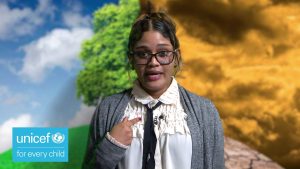
Beyonce Villafranco
Beyonce Villafranco, Reporting
“My Day, My Rights.” This year, children and youth across the world are taking over the news to remind leaders, communities, and families that a child’s right to safety, protection, and survival is not optional, it is priority.”
Here in Belize, one of the biggest ways we protect those rights is through Disaster Risk Reduction and Disaster Risk Management, especially as climate change makes storms stronger and emergencies more frequent. We spoke with Jenna Hoare, UNICEF’s representative for Disaster Risk Reduction, who explained how children’s rights guide every step of UNICEF’s work during emergencies.
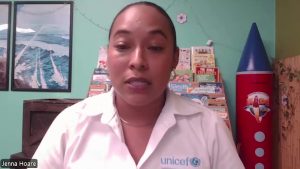
Jenna Hoare
Jenna Hoare, UNICEF Representative, Disaster Risk Management
“Back in 2019, UNICEF had partnered with the government to develop a multi-sectorial toolkit that provides guidance to government entities, private sectors, and even civil societies who work directly with children or on behalf of children when disaster hits. And so this toolkit, what it does, it really provides. Practical actions that can be taken before, during, and after a disaster. So it factors things like what are the shelter checklists that needs to be in place to ensure that there are safe spaces within these shelters? What are the types of programs that can be done after a disaster hits? They also factor in checklists for child protection needs and concerns, post disasters as well.”
 UNICEF also collaborates with the Caribbean Disaster Emergency Management Agency and the National Emergency Management Organization to ensure Belize’s systems align with regional standards. National Emergency Coordinator, Daniel Mendez, shared that NEMO works directly with schools by conducting preparedness training with students and piloting a new School Disaster Leadership Team model which helps youth understand procedures, practice readiness, and become more empowered participants in disaster planning.
UNICEF also collaborates with the Caribbean Disaster Emergency Management Agency and the National Emergency Management Organization to ensure Belize’s systems align with regional standards. National Emergency Coordinator, Daniel Mendez, shared that NEMO works directly with schools by conducting preparedness training with students and piloting a new School Disaster Leadership Team model which helps youth understand procedures, practice readiness, and become more empowered participants in disaster planning.
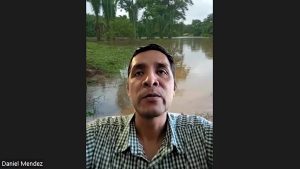
Daniel Mendez
Daniel Mendez, National Emergency Coordinator, NEMO
“NEMO does do a lot of public outreach, and one of our areas of outreach is working in schools and working with schools. Our job is to go in and to do training sessions with students. We also support different communities and we have, we’re piloting a new initiative called. The school disaster leadership team, where we are trying to mirror the community the community emergency system at the school level. So what really what we’re trying to do is to ensure that children receive the same information. Children are ready to respond if as necessary within their capacity. And also doing our best to empower children because while we know that children are one of the most vulnerable sectors of society, we do recognize that children are not powerless.”
For UNICEF, a core value is empowering youth to move beyond victimhood and become champions of disaster readiness.
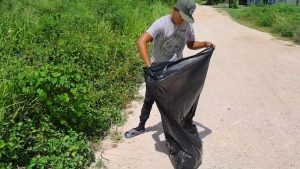 Jenna Hoare
Jenna Hoare
“They are innovators. They come up with new ways in how we can better detect when a hazard is approaching. The use of ai GIS mapping, they are the persons who are at the forefront that can better able to support us. But what we need to do is to ensure that we build their capacity to do more.”
Integrating children and youth into planning ensures that Belize fulfills its commitments under the Convention on the Rights of the Child and Belize’s constitutional duty to protect vulnerable groups. Belize has systems in place. But systems only work when people know their rights, when young people step up, and when leaders continue to invest in resilience. As a young Belizean, as a NEMO Youth Ambassador, and as part of UNICEF’s World Children’s Day Takeover, I stand with every child who wants a safer future. Because climate change is real, disasters are real, but so is our power to prepare. Reporting for News Five, I am Beyonce Villafranco.




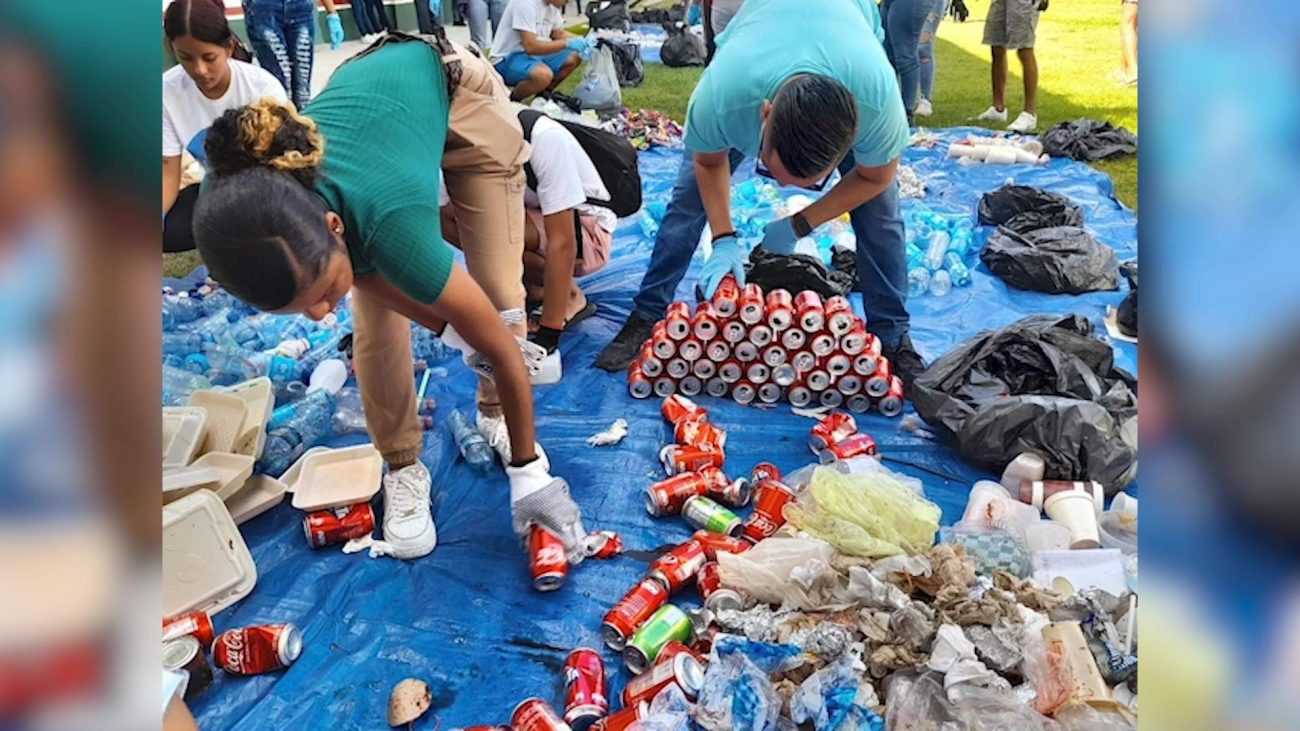

Facebook Comments